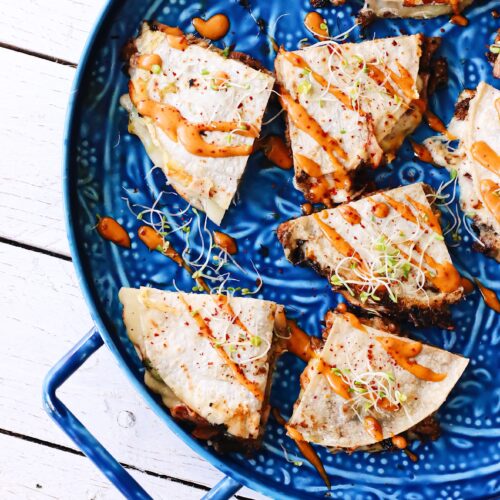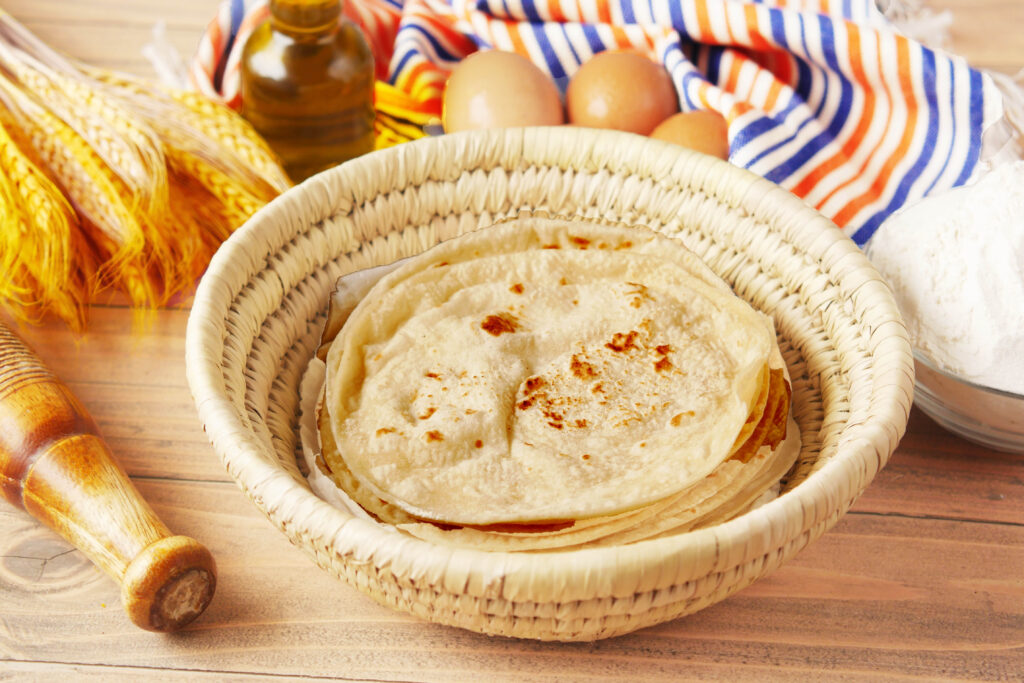
From Indian Roti to Caribbean Paratha, Discover the Types of Flatbreads and the Deliciousness of This Global Staple
Roti is a type of flatbread enjoyed in many parts of the world, with variations of the dish existing across different cultures and regions. While the exact ingredients, cooking methods, and fillings may differ, it is a staple food that has been a part of local cuisine for generations. From the traditional Indian roti to the crispy Malaysian Canai, and from the savory Trinidadian flat bread to the sweet Nepalese Sel, many different types of these flat breads are beloved by people around the globe.
In Caribbean cultures, for example, they is often filled with curry chicken, vegetables, or other ingredients to create a dish called “roti wrap” or “chicken roti.” In India and Pakistan, it is often eaten with various vegetable or meat curries.
So while it is not precisely the same as a burrito, it is a type of wrap or flatbread that can be used to create a similar dish.
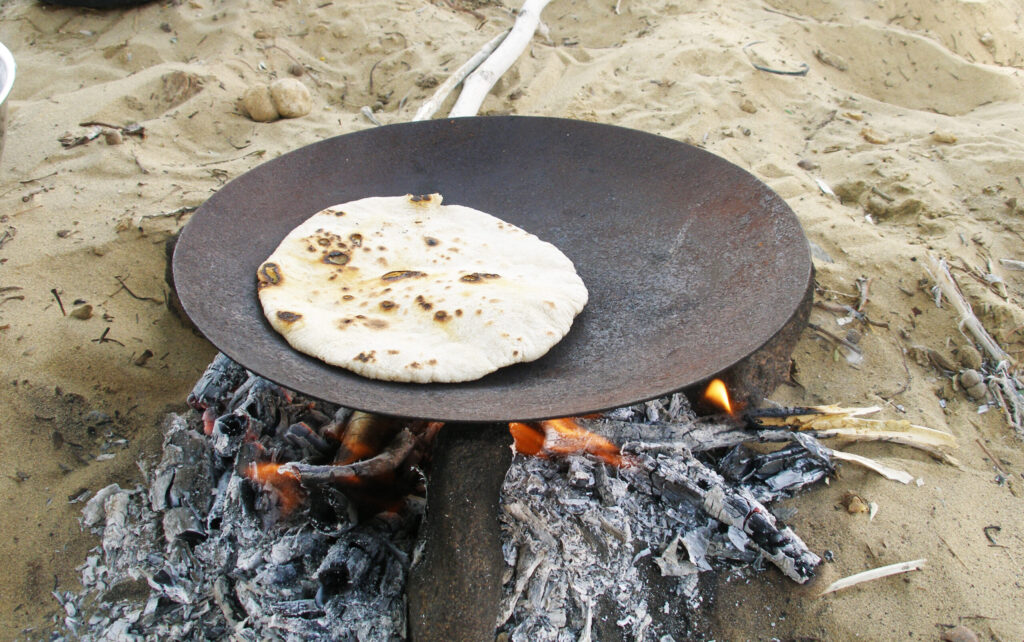 Here are some examples of the different kinds of roti:
Here are some examples of the different kinds of roti:
- Indian: A traditional flatbread made from wheat flour and water cooked on a hot griddle or tawa. It is often served with various curries or used as a wrap for fillings.
- Pakistani: Similar to the Indiani version, Pakistani is also made from wheat flour and water and is often served with curries or used as a wrap for fillings.
- Sri Lankan: The Sri Lankan flatbread is made from a mixture of wheat flour and coconut milk, which gives it a slightly sweet and nutty flavor. It is often filled with spicy vegetable or meat fillings or served as a side dish with curry.

- Malaysian Canai: This type of roti is flaky and layered, similar to croissants, and is often served with a spicy curry sauce for dipping.
- Trinidadian: Trinidadian is made from flour, baking powder, and water and is often filled with curried chicken, goat, or vegetables.
- Guyanese: A Guyanese flatbread version is similar to Trinidadian but is often made with a mixture of wheat and all-purpose flour and is cooked on a hot griddle.
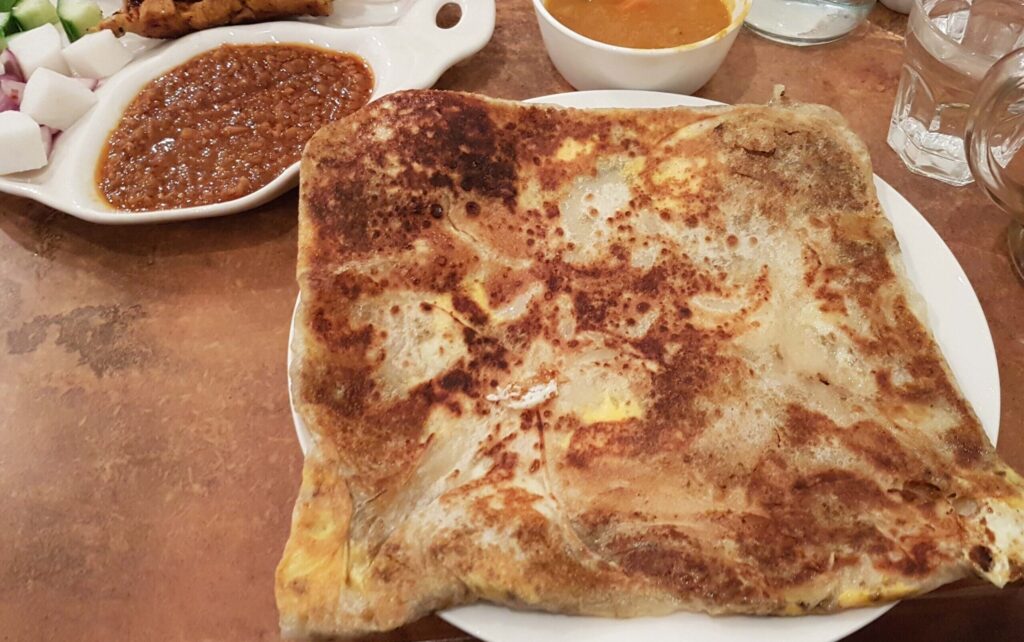
- Thai: Thai flatbread is a sweet dish often filled with bananas and chocolate and is popular as a street food snack.
- Guyanese: Guyanese is similar to Trinidadian roti, but it is often made with wheat and all-purpose flour and is cooked on a hot griddle.
- Jamaican: Jamaican flatbreads are made from flour, baking powder, salt, and water and is often filled with curried chicken or vegetables.

- Trinidadian: This is the most well-known type of Caribbean roti. It is a flatbread made from flour, baking powder, salt, and water and is often served with curried chicken, goat, or vegetables.
- Bajan: Bajan is a flatbread made from flour, baking powder, salt, and water and is often filled with curried chicken, beef, or vegetables.
- Haitian Griot: Haitian griot is a type of flatbread made from flour, baking powder, salt, and water and is often filled with griot, a type of marinated pork.
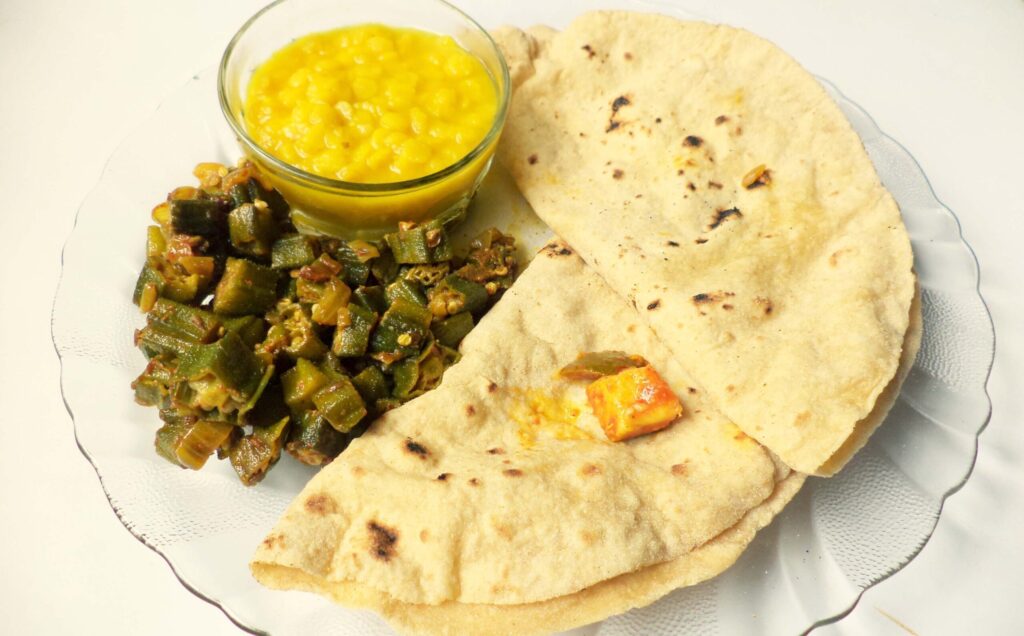
- Malaysian Telur: This type of flatbread from Malaysia is stuffed with eggs and onions and is often served with a spicy curry dipping sauce.
- Singaporean/Malaysian Prata: This is a crispy and flaky roti that is similar to the Indian paratha and is often served with a variety of curries and dips.
- Indonesian Martabak: This sweet and savory version is often filled with a mixture of eggs, vegetables, and meat and is typically served with a sweet dipping sauce.
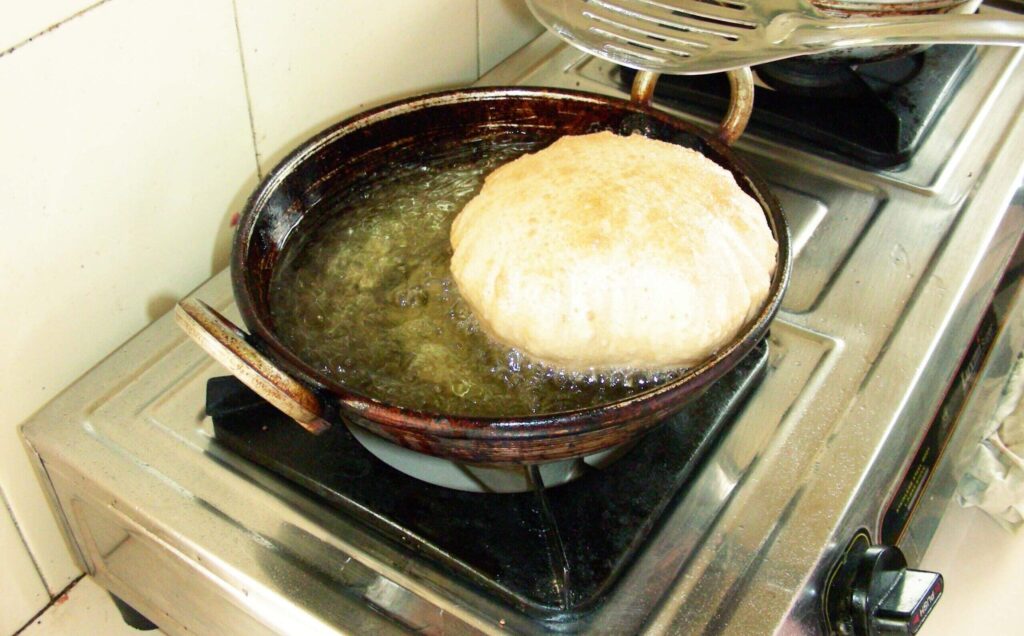
- Bangladeshi/Indian Luchi/Puri: These are deep-fried, puffy rotis made from wheat flour and served with various curries.
- Nepalese Sel: This sweet and crispy rice flour type is often enjoyed during festivals and special occasions.
- Burmese Palata: This flaky, layered and is typically served with a savory curry filling.
- Grenadian: The Grenadian version is made from flour, baking powder, salt, and water and is often filled with curried chicken, beef, or vegetables. It is typically served with a side of hot sauce.
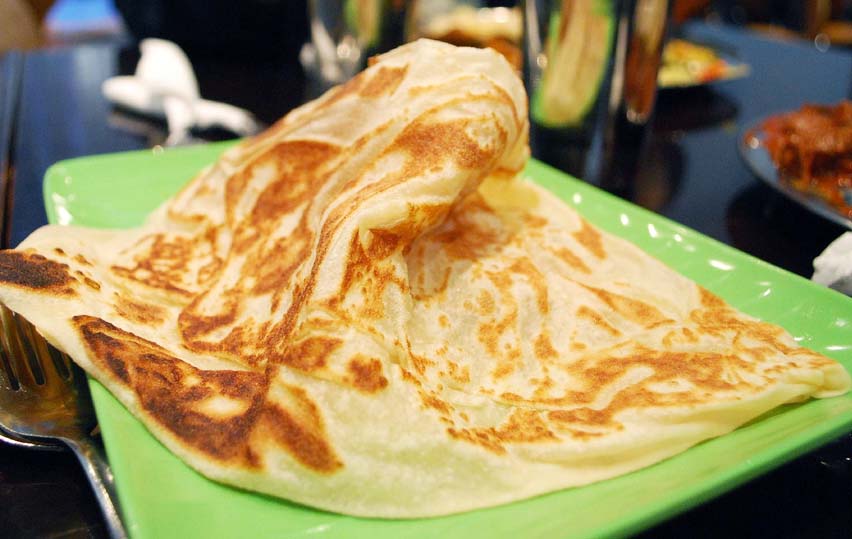
Each of these types of roti has its own unique flavor, texture, and many cultures boast a special significance important to various regions of the world.
Did you know?
Rotis symbolize hospitality and generosity in many cultures. In some regions, such as India and Nepal, it is customary to offer guests a roti as a sign of respect and hospitality. In other places, like the Caribbean, rotis are often shared among family and friends as a communal dish.
Breaking bread, or in this case, sharing a roti, is seen as a way of forging connections and fostering goodwill among people in different cultures. This tradition of sharing and generosity is an integral part of their cultures and the significance of rotis worldwide.
A little history:
Roti has a long and fascinating history across different cultures and regions. The exact origin of roti has yet to be discovered, but it is believed to have originated in India several thousand years ago. In India, roti is a staple food often eaten with various curries and other dishes.
Over time, this flat bread spread to other parts of the world through trade and migration. It became popular in many cultures, including the Caribbean, Southeast Asia, and the Middle East. Roti took on new forms and flavors in these regions, often incorporating local ingredients and cooking techniques.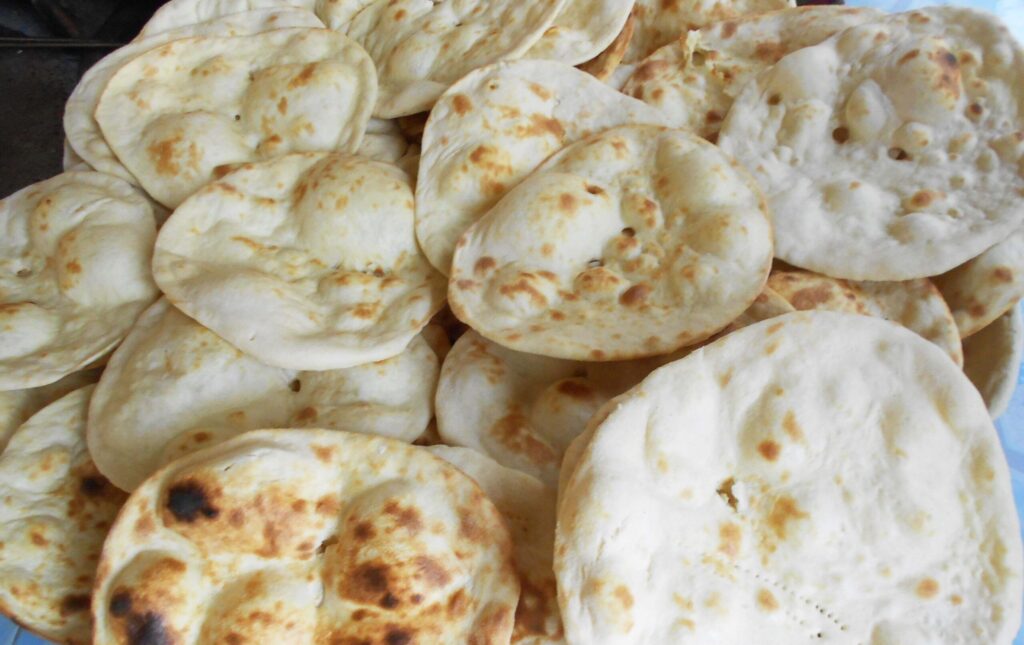
Today, it is enjoyed by millions of people from all cultures worldwide, and has become a beloved part of many different cuisines. Whether it is the crispy Malaysian Canai, the savory Trinidadian, or the sweet Nepalese Sel, there is a type to suit almost any taste preference.
The history of roti is a testament to the enduring appeal of this simple and versatile food, which has stood the test of time and continues to delight cultures worldwide.


